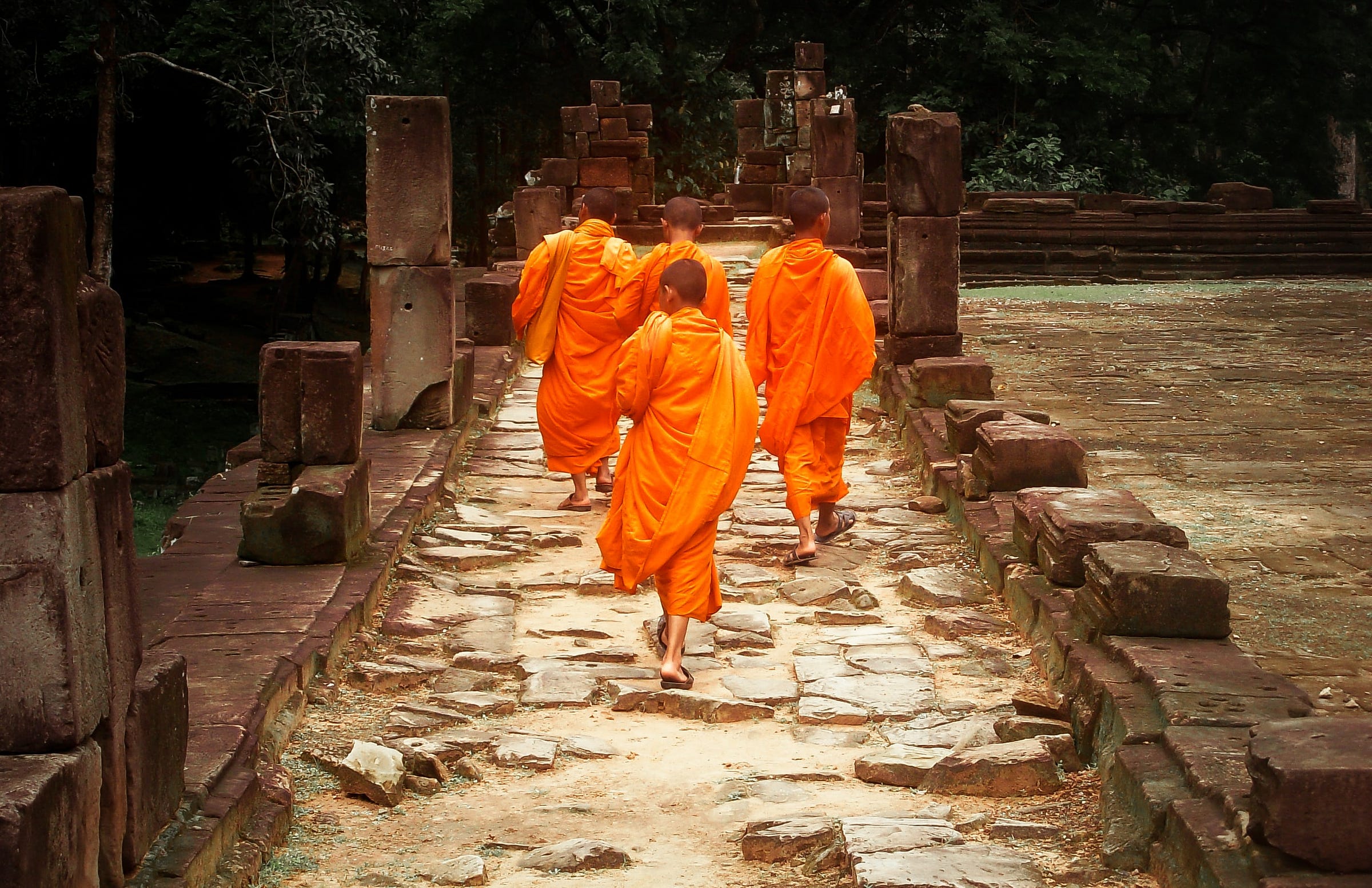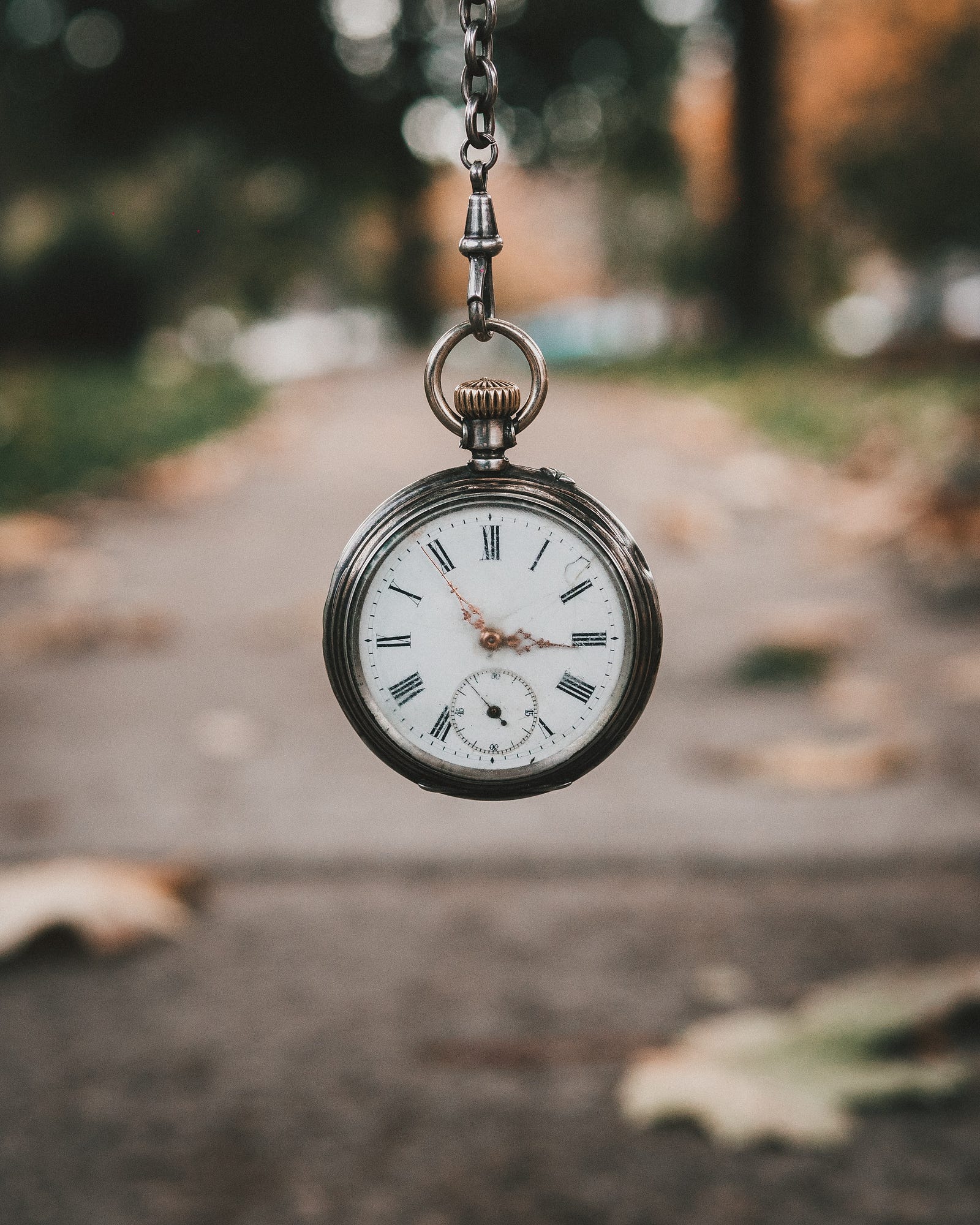In Cambodia (where I live with my wife and 2 dogs) we currently underwent a 14 day lockdown. Despite thinking COVID was dead and gone here, we were struck with an unfortunate second wave outbreak that far outweighed the first.
Without dwelling on this, during this second lockdown I decided to try a 14 day “Monk Mode” to try and make the most of the time.

What’s monk mode?
According to a quick google search monk mode is the “deliberate elimination, partial or complete, of social interactions, unhealthy habits, and ‘time-wasting’ activities with the purpose of focusing solely on a specific self-development goal.” I first heard the term used by a popular entrepreneur called Iman Gadzhi and as I’m generally pretty into biohacking I thought I would take this, put my own take on it, and give it a go.
My monk mode
The focus was on mindfulness and strengthening my mind to better control my thoughts. So to do that, I set the following protocol.
- Daily morning and evening journalling
- Daily Red Light Therapy — 10 minutes
- Daily meditation and affirmations — 10 minutes
- x1 Coffee per day
- x1 Social Media check-in per day — all socials
- No alcohol
There was no extreme adjustments to my day to day routine, but even these small adjustments made me more conscious of how I’m using my time and how different inputs impact me.
Time is precious
In a popular blog post by Michel Simmons about “Compound Time” he states:
Top performers in the business world often find time to step away from their urgent work, slow down, and invest in activities that have a long-term payoff in greater knowledge, creativity, and energy. As a result, they may achieve less in a day at first, but drastically more over the course of their lives…because, like compound interest, a small investment now yields surprisingly large returns over time.
And I can vouch for this, even though I’ve just had 12 days “Investing” in slowing down and adjusting the ways I’m using my time, I’ve already felt significantly “return” on my mental wellness. I’m calmer, more balanced and find myself having the time to reflect, write, read and ponder on my life and the world around me.


Less input = more output
Seems almost counterintuitive, but limiting my digital input by restricting my social media use was one of the easiest and most beneficial change that came out of my Monk Mode — after meditation.
Generally I redirected time I had previously spent scrolling Instagram, Twitter etc. to reading a book, creating content that I then shared during my check-ins or just doing nothing and letting my mind wander. I also found myself listening to a lot more podcasts and audiobook extracts which is still an ‘input’ but arguably a more constructive one that aligns with the monk mode ethos.
To go back to the “Compound Time” article, what naps where to Churchill, reducing social media input to just once per day is now one of a non-negotiable for me.
As I occasionally create content for social media, I will be looking to schedule this via Buffer or Hootsuite going forward to continually reduce un-wanted inputs.
Meditation
To be honest, before this Monk Mode, I had occasionally meditated but never as a daily habit until now. But during the last two weeks I was diligent with it and did at least 10 minutes guided or unguided meditation daily.
I haven’t yet had any revolutionary moments or epiphanies from my 10 minute lunchtime meditations, but as oftentimes I’m not that productive between 1–3pm, my post-meditation mindset is drastically calmer, helping me not be too hard on myself during those non-productive hours.
Alongside that, it’s difficult for me to put my finger on precisely what way meditation has benefitted me other than just giving me a sense of control over my thoughts and emotions. Perhaps it’s one of those things that you don’t know what you’re missing until you’ve tried it.

Final words
So overall, one of the main takeaways from this monk mode is this idea of “Compound Time” and the long-term value of small habit adjustments. There was nothing particularly revolutionary about the period, but more like a taste of the long-term benefits of making more time each day to take care of your mind and body — especially by checking your input diet and making room for stillness each day.

